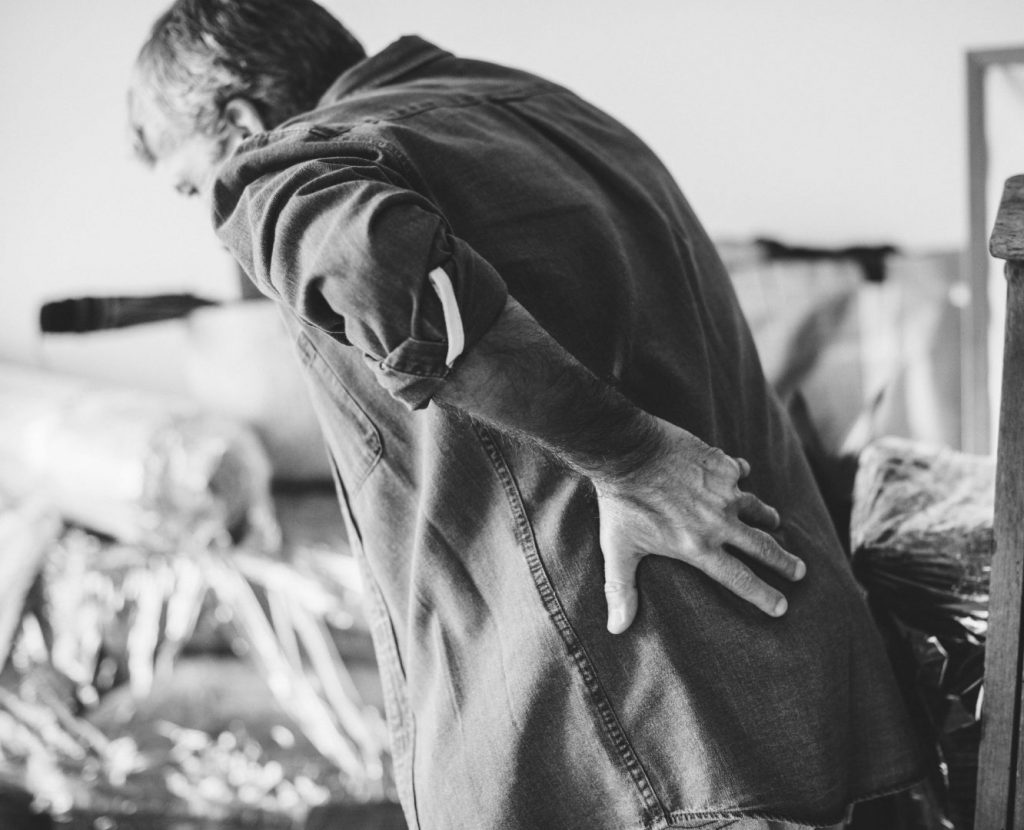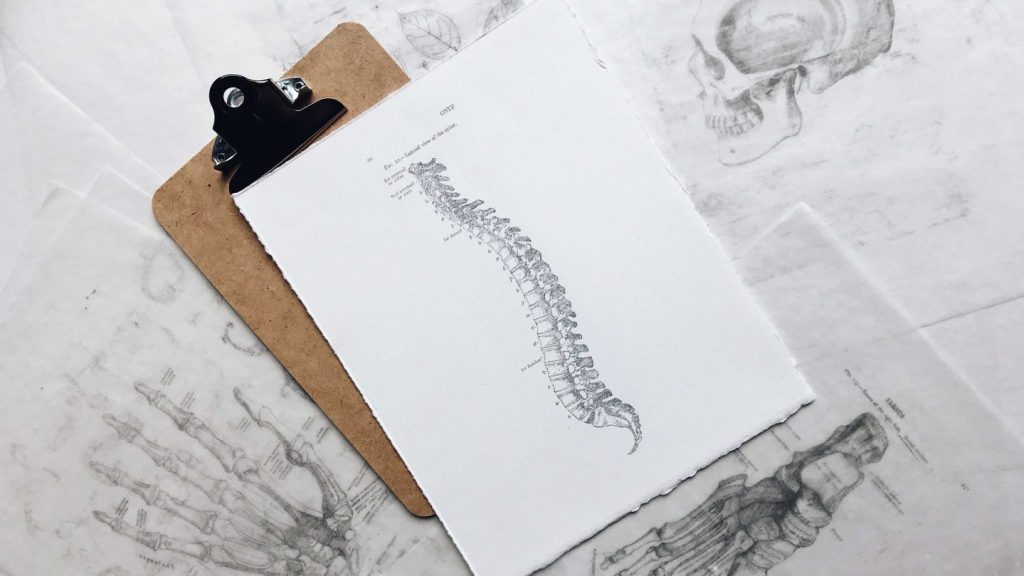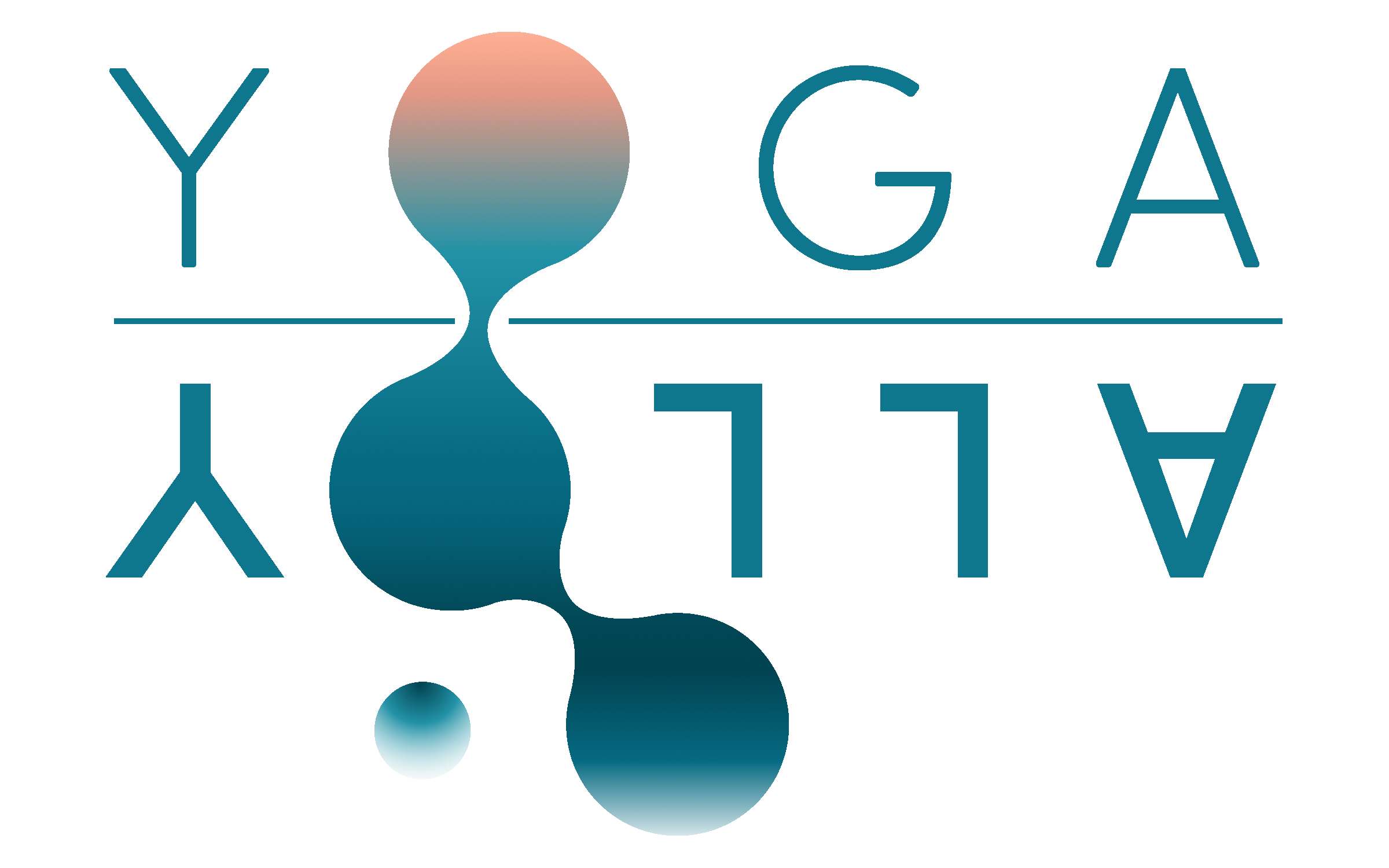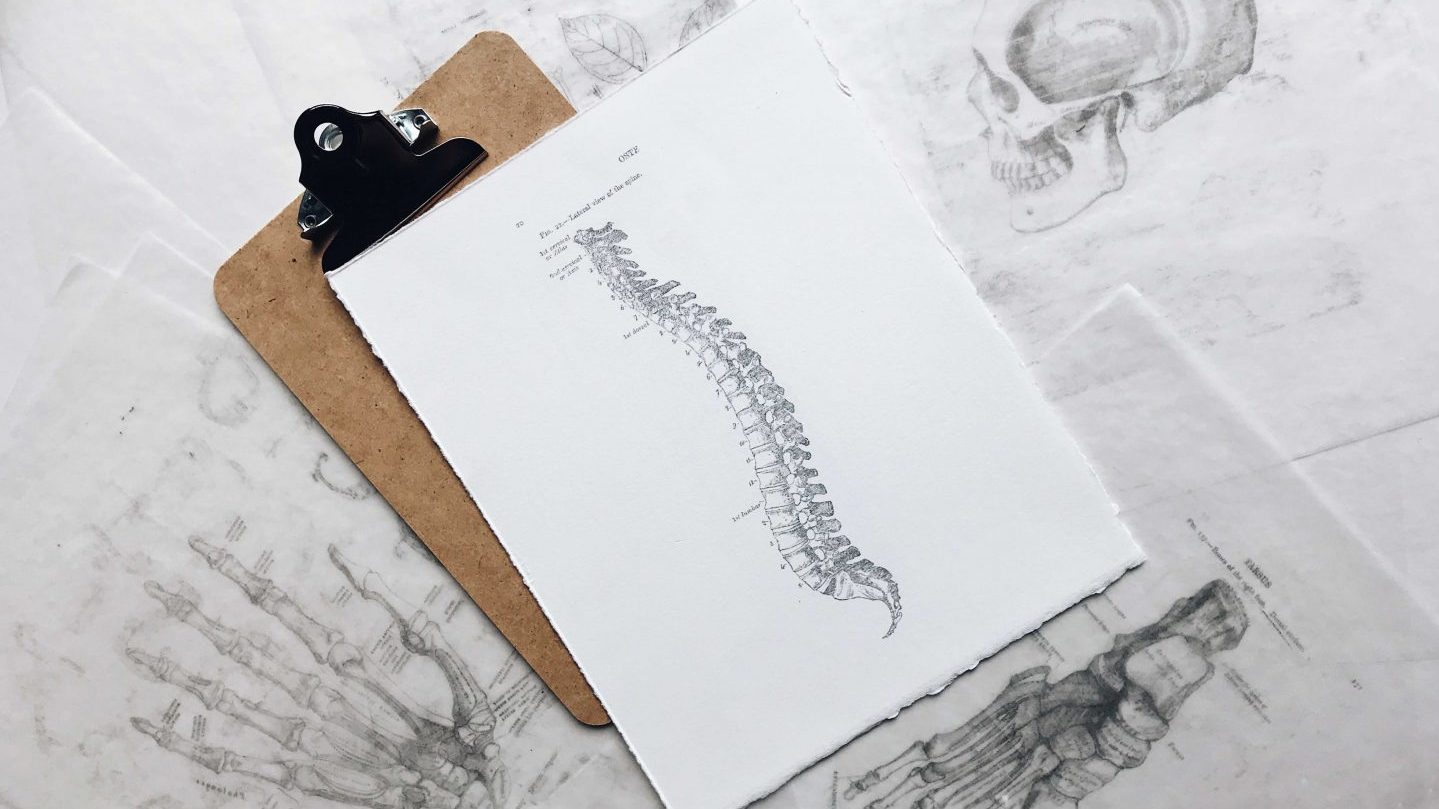How to modify your practice if you have lower back issues

For a healthy body and spine, we need to find a balance between strength and flexibility. Just focusing on one will not make it.
In this blog, we will focus on the lower back problems, and which sensations to watch out. How to modify different poses so that you still get to strengthen the lower back muscles without hurting yourself.
The good pain and bad pain
- will not be sharp.
- will spread along a line.
- You will feel it in the muscles, not in the joints.
- The sensation will tell you not to get any deeper, listen to it.
- is sharp and most of the time sudden.
- Rather than being spread along a line, it will have a certain point where the painful sensation is quite intense.
How to modify your yoga practice in forward folds for lower back issues:

Don’t forget to keep your knees bent while transitioning into and out of forward folds.
Bend your knees during seated forward folds like Paschimottanasana, Upavistha Konasana. In the case of seated forward folds, you may also consider supporting your knees with blocks or a rolled blanket. With such support, you will be able to relax your lower back muscles and stretch more into the pose.
How to modify your yoga practice in twists for lower back issues:
The answer to this one is very straight forward. Don’t go as deep. As soon as you feel discomfort in your lower back during a twist stop and back off slightly.
During a twist, the hips pull the spine towards one direction and the upper body is sent in the opposite direction. The inter-vertebral discs are pressed under multi-directional forces. If you are having lower back issues you just don’t want to force it. Even if you don’t go into the pose to your 100% you will still benefit from it.
How to modify your yoga practice in backbends for lower back issues:
The key is to keep the lower back long. Under no circumstances, you want to collapse on the lower back (lumbar) joint.
So many practitioners do collapse into their lumbar joints during backbends. In the beginning, this collapsing gives the false sensation of going into the pose deeper. Don’t be fooled, it’s a trap. If you go into your backbends collapsing you will never be able to explore your full range of motion. You will eventually get stuck at a certain level of mobility. You need to practice backbends while lengthening the spine. To do that, focus on lifting and opening your chest up rather than curving your back.
Many people feel their lower back during the backbends even if they try to keep the lower back long. One common reason for this is the over activation of the glute muscles. It is such a common misalignment to use the glutes and push the hips forward while trying to lengthen the lower back. The right activation needs to come from the front of the body. Simply pull your pubic bone up towards your navel to create space in your lower back and avoid lower back pain.
All in all, yoga is an amazing practice that has the potential of healing our bodies, as well as mental and emotional states. Still, it is vital to practice properly and mindfully. An asana shall not be the aim of the practice, the aim is you in your entirety.
Thank you for reading. If you are curious and want more, we have training courses. We would love you to join us.
Namaste!
Zeynep,
Lead Trainer @ Yoga Alloy

